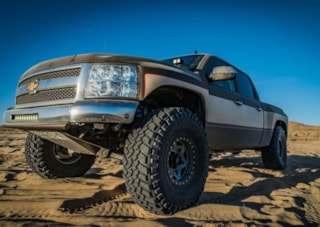Rear-Wheel Drive Off-Roading: How much fun can you have in a pre-runner, and is it cheaper to build?
Pre-runners are an established part of the off-road mix, a sub-set of wash racers and dune bashers that link their history back to the early days of desert racing when they would be used to scout the terrain of a specific event “pre” the green flag being waved.
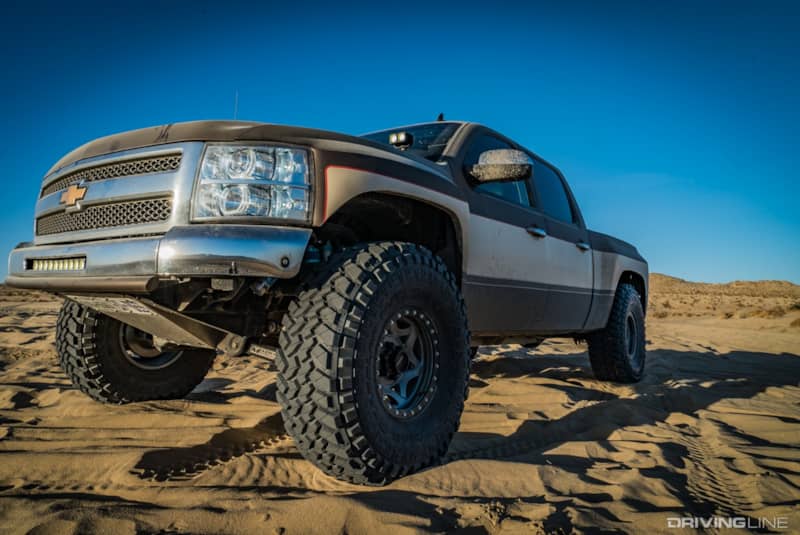
One of the key differences between most pre-runners and traditional off-road vehicles is, of course, their rear-wheel drive layout. Two-wheel drive fun off the pavement isn’t limited to the pre-runner crowd, either, as the overlanding crowd and even trail fans have embraced the possibilities of this drivetrain design over the years. While at first it might seem a bit of a letdown to invest in a truck or SUV that can’t match the traction of a 4x4 rig, there are actually a few advantages that come with embracing rear-wheel drive off-roading—especially for those operating on a more limited budget.
It’s Cheaper Right From The Start
There’s a definite tax when looking at a sport-utility vehicle or pickup that features four-wheel drive. There are several reasons why a 4x4 is more expensive than a two-wheel drive model of a given truck: off-road fans prize the additional powered axle and so pay a premium for them out on the used market, modern four-wheel drive models typically come in higher-spec trim levels (which increases their price due to feature content), and rear-wheel drive is much more likely to be spec’d on a low-buck fleet purchase (especially for pickups).
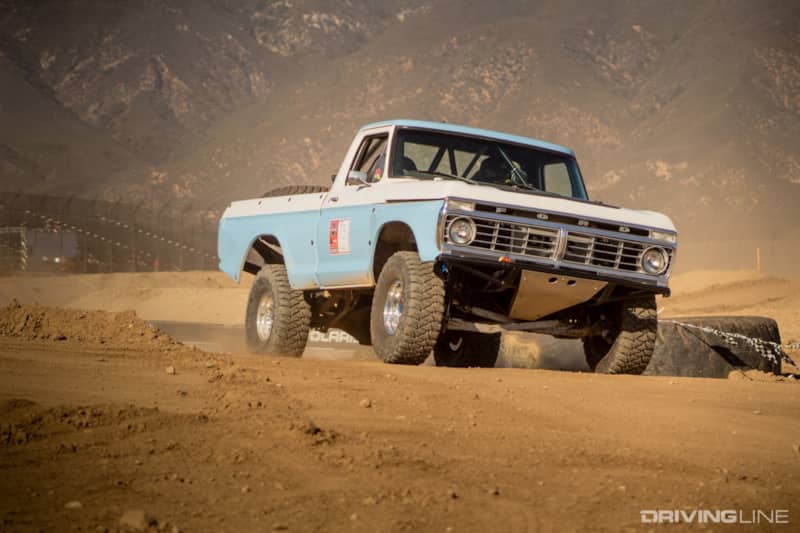
The pool of available project vehicles, then, is less expensive right off the bat once you factor in the reduced interest from most potential buyers in low-spec, two-wheel drive, fleet-like haulers.
There’s Less To Break, Too
It’s also worth noting that for vehicles that don’t have a front or center differential, or a transfer case, the simplicity of their construction becomes an asset. With a less complex drivetrain, there’s not as much to break when things go wrong out on the trail—and you have fewer concerns if you’re planning to build big power, too, since you’ll be sending it in one direction only.
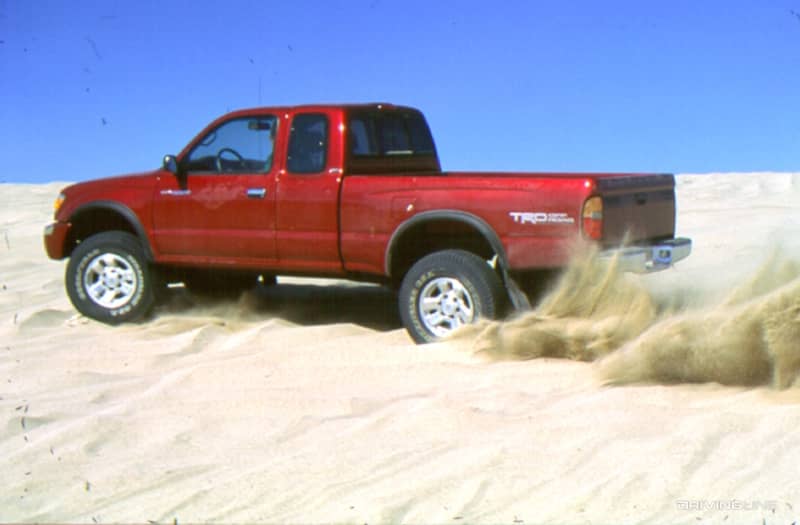
A simpler front suspension setup, lack of driveshaft and transfer case, and marginally fewer fluids to top up also reduces the amount of weight found at the front end of the truck. This can make for a more balanced truck, and one that treads a little more lightly over certain types of terrain.
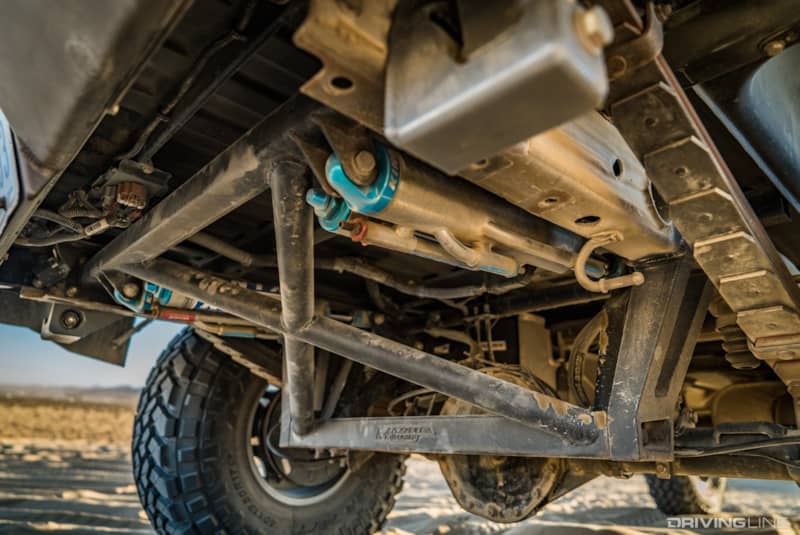
That being said, there’s one thing you might want to take into consideration when it comes to building a rear-wheel drive off-road vehicle: while parts are simpler and fewer, they are likely to come under greater stress versus a four-wheel drive setup. This is because maintaining momentum and speed is vital to rear-wheel drive progress through slippery or challenging terrain. In some cases this might mean banging the frame on rocks and turf, whereas in others you may need to budget for better cooling for the engine and transmission if you’re spending much of your time in the high rev range.
Upgrades Are Similar
Much of the same suspension and suspension upgrades you would make to a 4x4 truck or SUV also apply to a rear-wheel drive model. Specifically, a lift kit, more rugged shocks, and stronger attachment points for anything that could conceivably tear, bend, or otherwise break when abused are the order of the day (including more robust bushings all around).
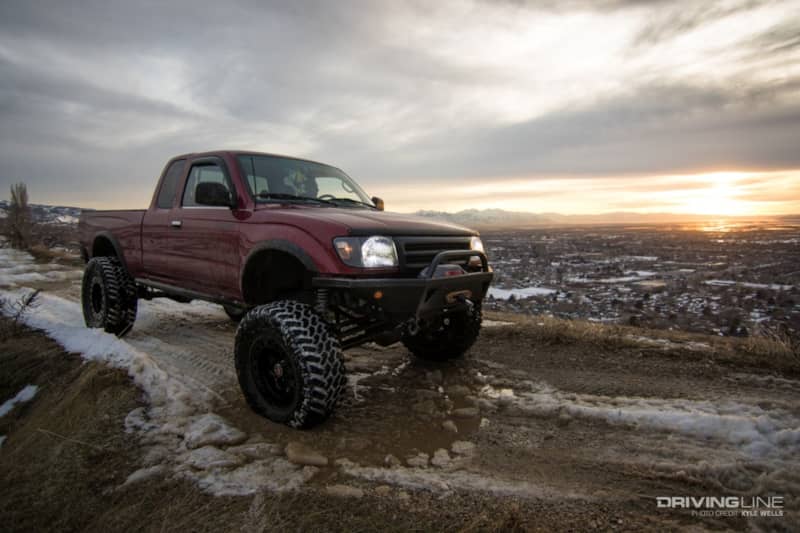
You might be surprised to find that the simpler front end design gives you greater wheel travel options versus a 4x4 when scoping out aftermarket parts. Keeping in mind the higher speeds you may be encountering on the trail, a longer travel suspension that can absorb more of a hit is a good insurance policy against breakage.
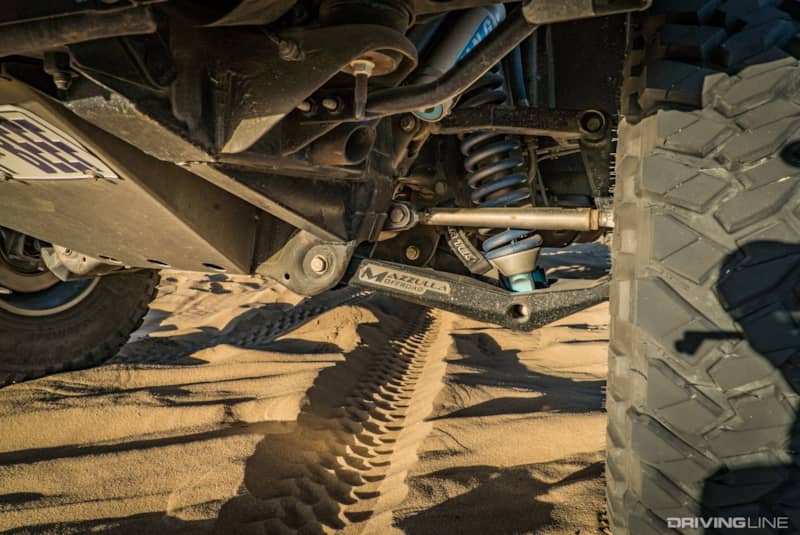
Since a two-wheel drive rig has inherently less traction available to it compared to a four-wheel drive, you’ll also want to pay extra attention to any add-ons that can add grip. A locking rear differential is a must—something you might be able to ignore with a 4x4—as are quality tires that are specifically matched for the conditions you plan to drive through.
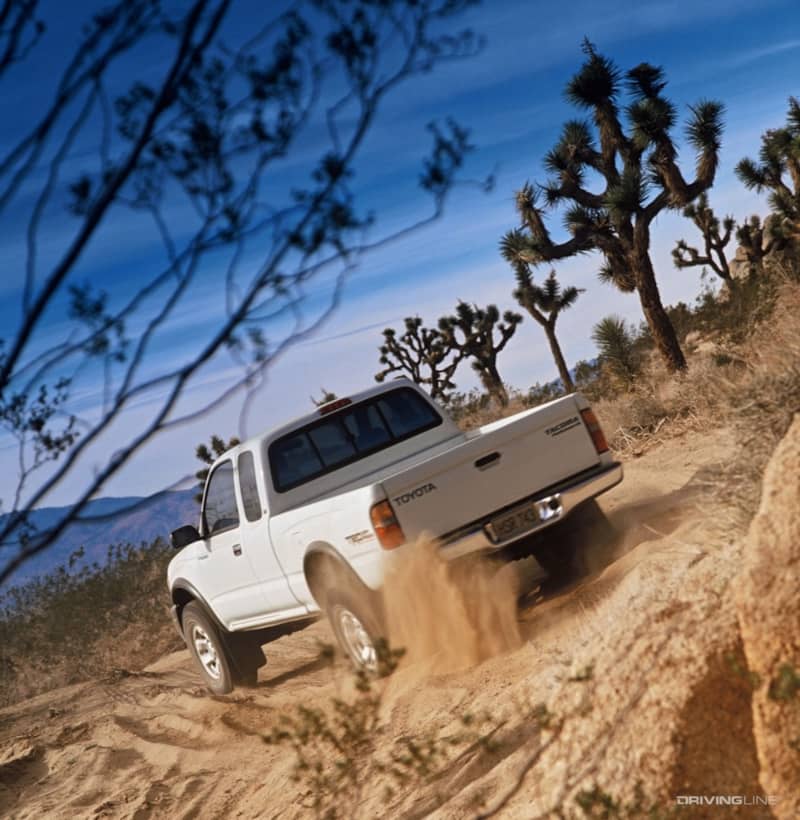
Finally, consider accessories that will make it easier to rescue your rig should things take a turn for the worse. A winch can help with self-rescue, but solid tow hooks front and rear are a must for and two-wheel drive off-road machine. A good, solid shovel and a set of traction aids are also a requirement if you want to make it home at the end of the weekend.
You Learn More As A Driver
One of the unexpected benefits of choosing to go off-road in a two-wheel drive vehicle is that it really challenges you as a driver. Without the safety net of a powered front axle to pull you out of trouble, you’ll have to evaluate the traction situation before choosing to proceed through the next obstacle. You’ll also have to get used to balancing power delivery with available grip as well as weight distribution under throttle and braking, Finally, you’ll need to develop the ability to steer with the throttle when negotiating tighter quarters.
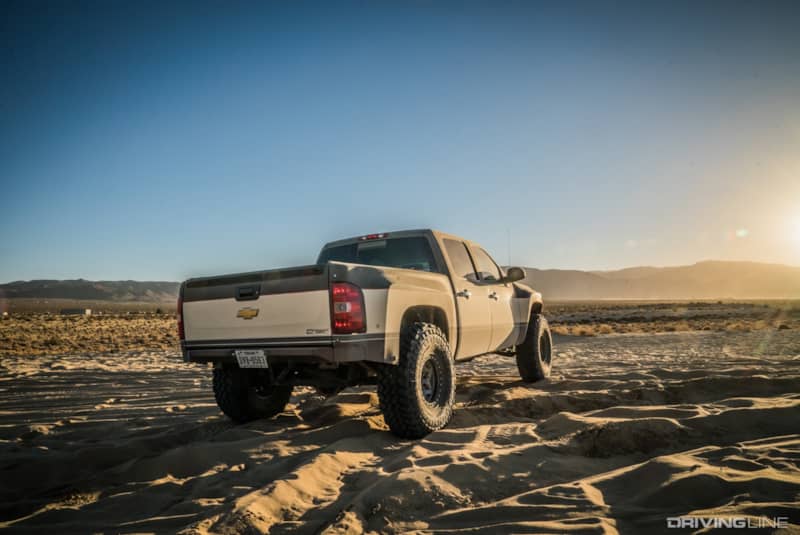
While these skills are a part of four-wheeling, they’re absolutely crucial in a rear-wheel drive off-roader—and the experience can go a long way towards making you a more competent driver.



